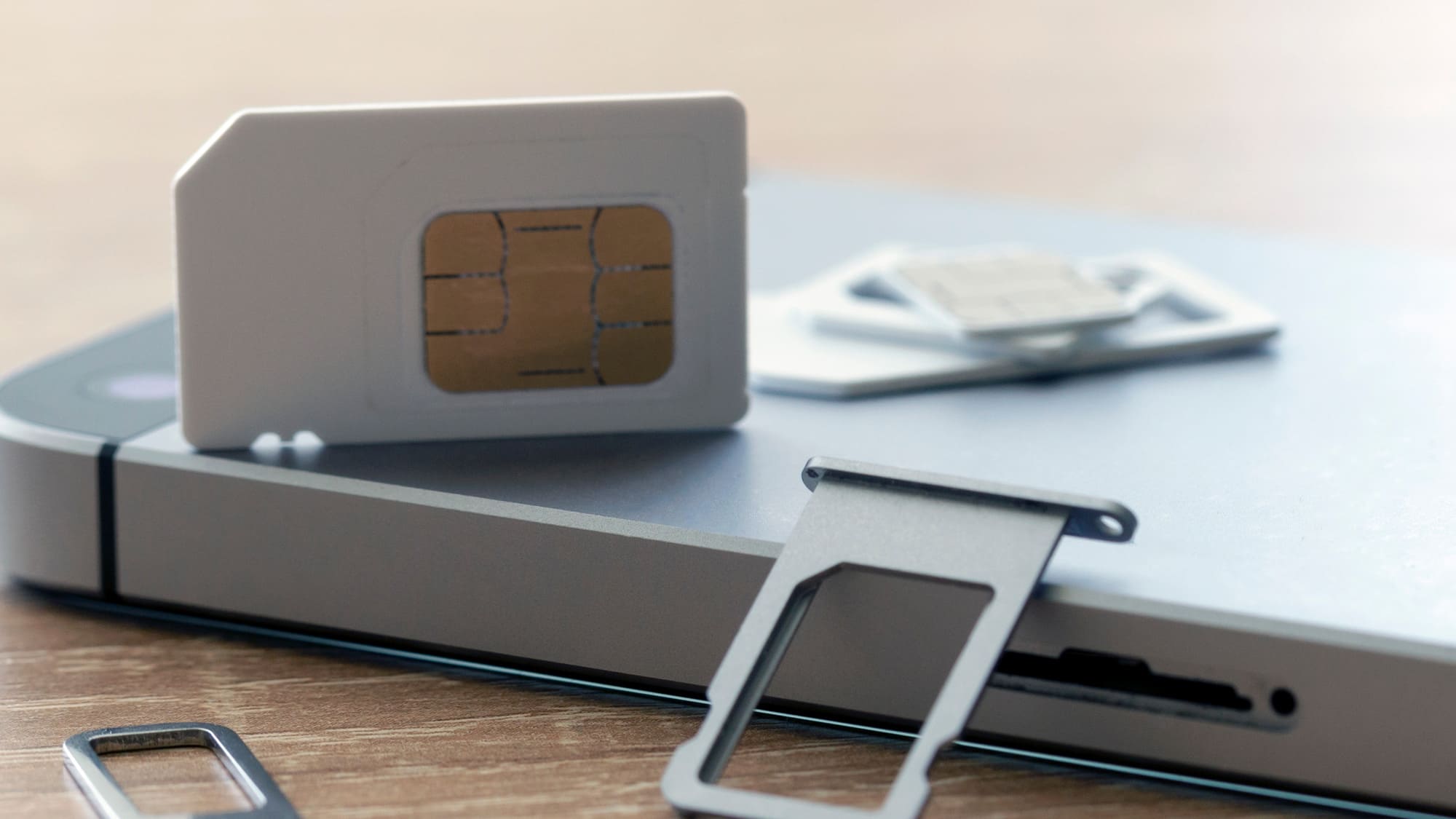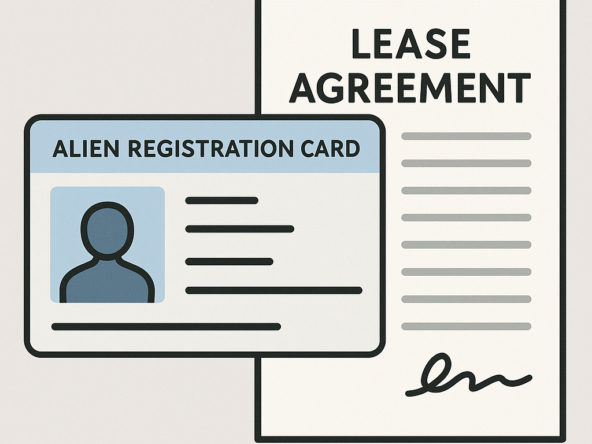Introduction:
In the heart of technological innovation, South Korea stands as a beacon of connectivity. Navigating its vibrant cities and picturesque landscapes becomes a more enriching experience with a local SIM card in hand. This comprehensive guide is designed to empower foreigners with the knowledge to effortlessly acquire and optimize the usage of a mobile SIM card in Korea, ensuring continuous connectivity throughout their stay.
1. Understanding Mobile Networks in Korea:
South Korea’s mobile landscape is dominated by major carriers—SK Telecom, KT (Olleh), and LG Uplus. Each offers diverse plans tailored to varied needs, ranging from data-intensive packages for avid smartphone users to more basic plans for essential connectivity.
2. Types of SIM Cards:
Before diving into the purchasing process, discerning between types of SIM cards is crucial:
- Prepaid SIM Cards: Tailored for short-term visitors, providing flexibility without long-term commitments.
- Postpaid SIM Cards: Suited for extended stays, offering more data and features for a seamless experience.
3. Where to Buy SIM Cards:
Acquiring a SIM card is convenient at:
- Incheon Airport Kiosks: Dedicated booths at major airports, like Incheon International Airport, offer tourist-tailored SIM cards.
- Carrier Stores: Official SK Telecom, KT, or LG Uplus stores scattered throughout the country.
- Convenience Stores: Local convenience stores serve as quick and accessible points for purchasing prepaid SIM cards.
4. Required Documents:
Ensure a smooth transaction by preparing necessary documents:
- Passport: Essential for identification purposes.
- Alien Registration Card (ARC): Long-term visitors with an ARC must present this card for transaction completion.
5. Activating Your SIM Card:
Activation is a breeze with these steps:
- Visit the Carrier’s Website or App: Easily activate your chosen plan online by following the provided instructions.
- Customer Service Assistance: Carrier stores and customer service outlets are readily available to assist with any activation concerns.
6. Choosing the Right Plan:
Selecting the ideal plan hinges on understanding your usage habits:
- Data Requirements: Tailor your plan based on data usage, whether it’s light browsing or extensive streaming.
- Voice and Text Options: Confirm that your chosen plan includes an adequate number of minutes and text messages.
7. SIM Card Prices:
Prices fluctuate based on the carrier and chosen plan:
- Prepaid SIMs: Generally more budget-friendly, perfect for short-term visitors.
- Postpaid Plans: Offer versatility with a range of price points, accommodating different usage patterns.
8. Tips for Using Your SIM Card:
Enhance your experience with these practical tips:
- Coverage Areas: Verify that your chosen carrier provides sufficient coverage for your intended destinations.
- Recharging Balance: For prepaid SIMs, recharge your balance at convenience stores or carrier stores as needed.
- Extension Options: Explore plan extension possibilities for a longer stay than initially anticipated.
Conclusion:
Acquiring a mobile SIM card in Korea is not just a transaction but a gateway to an enhanced travel experience. Stay connected, share your adventures, and seamlessly navigate the wonders of South Korea with the assurance that a local SIM card provides. From the bustling streets of Seoul to the tranquil landscapes beyond, connectivity ensures you’re in touch with every facet of your journey. As you embark on this digital exploration, let the power of a local SIM card be your constant companion, unlocking the doors to seamless connectivity in the heart of South Korea.
Stay tuned for more insightful guides and resources for your journey on Hometown Realty!




